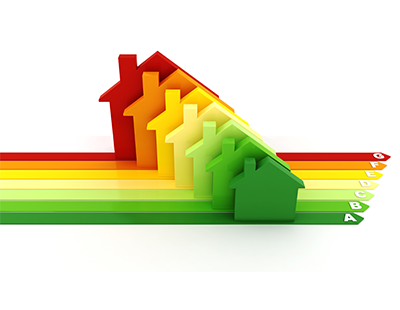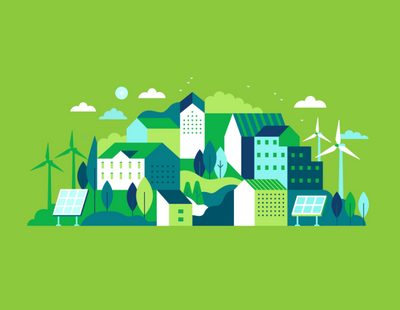With Earth Day in April and Environment Day looming in June, all businesses and individuals are becoming more aware of their impact on our planet. Lettings is no different. Here are some top tips for reducing your carbon footprint in property management and reducing your costs while you’re at it.
The United Nations IPCC report last year brought with it some shocking statistics about climate change. The bottom line: it’s code red for humanity and every person is responsible for making positive change, no matter how small. As a result, businesses have switched on to greener practices and switched off their excess consumption, waste and electricity.
There are many ways to reduce your carbon footprint in lettings, many of which will improve efficiencies and streamline in your business.
Here are six ways you can start making a difference for a better, brighter future:
Efficient visit planning
Travel plays a large part in lettings and property sales. Agents spend a significant portion of their day showing around prospective dwellers, or accompanying people through inspections, check-ins and check-out visits. Fuel consumption and vehicle use, as we all know, impact heavily on the environment. To put that into perspective, one property may require 100 viewings (and inspections) by agents and tenants/buyers. If that viewing is a 10-mile round trip, that property would require 1000 miles of travel. This equates to 0.28 tonnes of CO2 in the atmosphere for an average petrol car.
Instead of spending the day on the road driving from one end of the region to the other, plan your visits to coincide with others in the close vicinity. Yes, you need to fill that property quickly and respond fast to viewings, but times have changed since the pandemic. Mixing up virtual appointments and face-to-face show rounds allow you to be more efficient – and enable you to reduce your mileage too. If you use an electric or hybrid car, this also makes more sense. If you cycle to viewings (top marks if you do), this will save the legs too!
Implement a digital system or utilise the scheduling features of an app like Inventory Hive to plan your visits efficiently by area.
Virtual inspections and show-rounds
When an interested tenant or buyer is a hot prospect, there’s no better solution than face to face show rounds, but there are many more who can be satisfied by a virtual show round. Not only does that reduce your travel footprint – it reduces theirs too. Use this as a selling point and explain why your viewings are hybrid. This will allow you to open up meaningful conversations with your prospects and determine how interested they are in the property while you’re at it.
360-video has come a long way from the virtual viewings of yesterday. Now, you can add hotspots, links, additional photos and comments to enhance the experience further. These additional details answer questions or highlight features that may normally be missed in standard video tours or even face-to-face visits.
Paper trail – go digital
Documents, contracts, agreements, inventory reports – the list goes on when it comes to the property paper trail. Not only does this deplete forests and take up valuable storage space, but it also adds to admin time and makes document sharing clunky and unreliable.
Digital tools and apps allow you to store critical information safely and share them instantly and electronically, reducing your carbon footprint, admin time and costs. By holding documents in a central and secure shared location, you also improve workflow speed as tenants can check and sign documents easily online.
Go green in the office
There are many small changes you can make in the office that add up to a big difference in the environment. Encourage the use of reusable water bottles, coffee cups, recycling bins and energy-saving practices like switching off lights and reduced printer use.
Property improvements
Home interiors are known to have a large carbon footprint. From mattresses and synthetic carpets to white goods and electrical items, it’s worth considering how you dispose of furniture in a rented property when it comes to the end of its life. To prevent further landfills, look for other ways to recycle furnishings or pass them on to worthwhile causes. When fitting out a property, consider the materials used. Where have they come from, what are they made of and is there a more environmental option available?
Offsetting, bee-friendly gardens and a hive
The same considerations apply to the exterior spaces of a property. If your tenant is green-fingered and an enthusiastic gardener, encourage that. From tree planting to bee-friendly flowers, these efforts in the garden help to reduce CO2 and allow you to offset other carbon footprint culprits you can’t change as easily. Just ensure that the tenant knows their responsibilities with garden maintenance and that you have a clear inspection record demonstrating the condition of that garden and what was permitted at the start of tenancy.
The best way to do this is to get a hive. With the Inventory Hive app, you can communicate with tenants about green energy practices, garden maintenance, virtual inspections and environmental initiatives.
*Mitch Handley is the marketing manager at Inventory Hive











.png)


.png)



Join the conversation
Be the first to comment (please use the comment box below)
Please login to comment